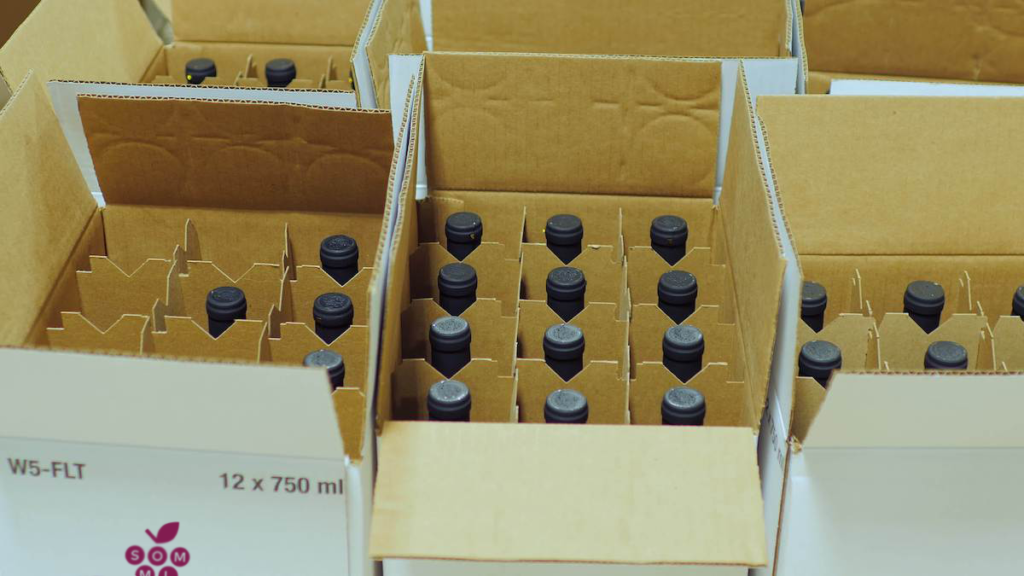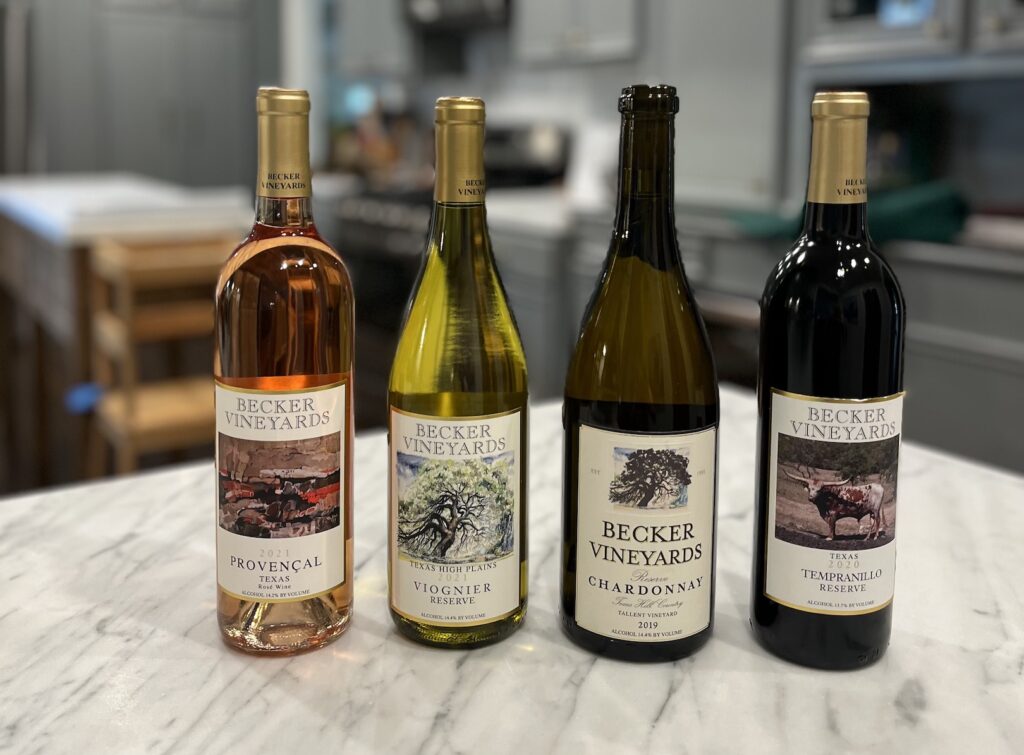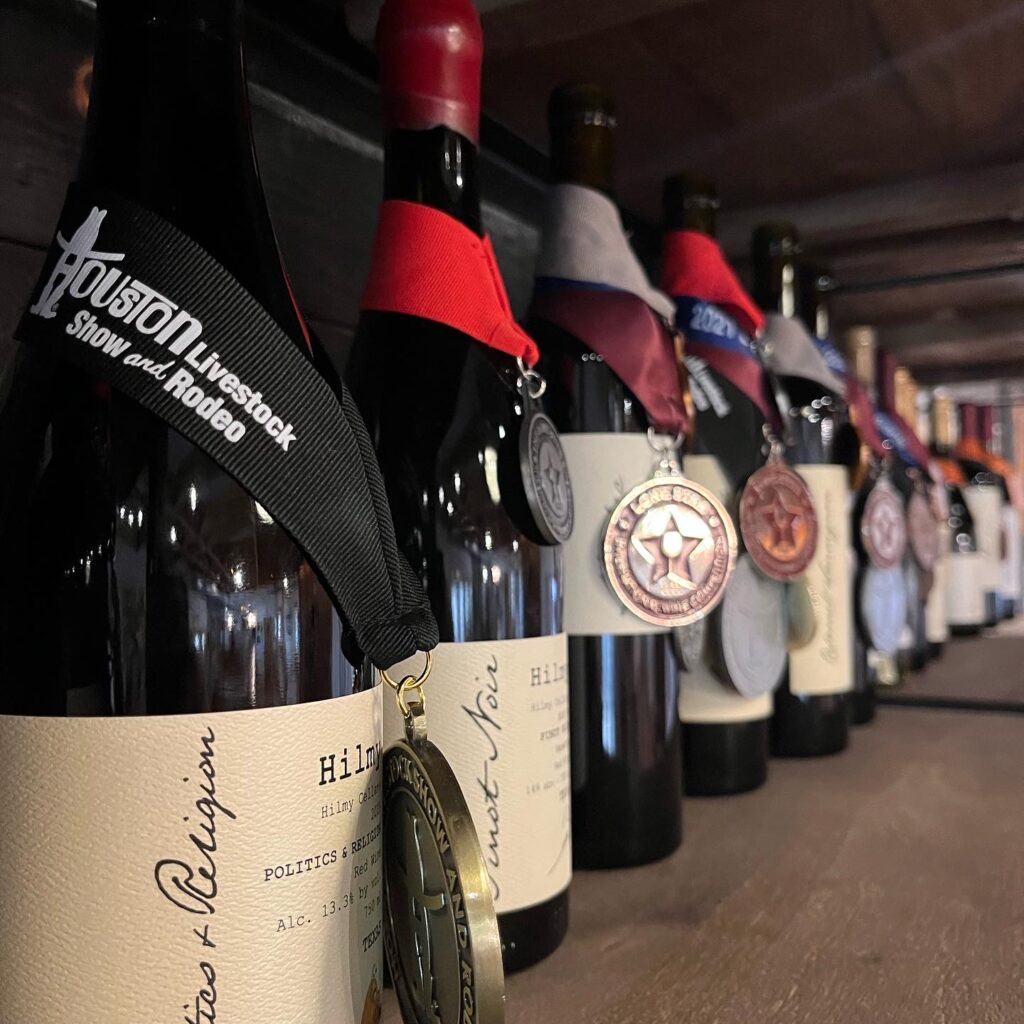It's bottling day!
Bottling day is always exciting in the winery! This is when, literally, the fruits of our labors are put into bottle to be enjoyed soon. Whisper Path Cellars is a small, family owned winery and it is only with the help of family and friends that larger projects like bottling can happen.
One of the recent challenges we faced as a result of the pandemic shutdowns from is a scarcity of needed products, such as empty wine bottles for bottling new wines. Because of this shortage, we did not have the bottles needed to successfully move all of the 2019 Montepulciano from tank to bottle back in August. So, we moved forward and filled the 45 cases we had. And finally, six months later, the additional bottles were received and we were able to move the rest of the wine.
The finished wine is in a stainless steel tank and a sterilized hose is connected to the bottom of the tank to a filter system which will remove any sediment from the wine. Another hose comes from the filter and into a reservoir on the bottling line.
There are different ways to bottle wine. We use a four-spout system bottling line with separate pieces of equipment stationed on metal tables. It works best with at least 4 to 7 people on the assembly line.
First, the reservoir on the line fills with wine. The first station is where a person will open a case of 12 empty bottles and dump it onto the working table. Nitrogen gas is squirted into the empty bottles to force out oxygen. The wine is better protected and kept fresh when there is no oxygen in the empty bottle as the wine is added to it.
At the second station, someone grabs bottle and pops it onto a filling nozzle. There are 4 nozzles, so 4 bottles can be filled at one time. Each nozzle has a regulator so it stops filling at the appropriate level to leave space for the cork. The bottle is popped off the nozzle and set to the side.
The third station is where a person grabs the bottle to shoot a dose of the inert gas Argon on top of the wine in the bottle to displace any oxygen. The bottle is then placed on the corking machine. With the push of two buttons to raise the bottle up and push the cork down into the neck, the wine is now safe and sealed in its bottle.
At the fourth station, someone takes the filled and sealed bottle and places a bottle topper sleeve over the cork. The next station is where the wine bottle is placed on a machine that twists to wrap the sleeve around the upper neck of the bottle. A lever on the right side of the machine is pulled down and the sleeve becomes the decorative cap on the top of the bottle. In the olden days, these caps were to help keep the cork from popping out when conditions for storage were not ideal. Plus, it would mask the fill level of the bottle so the consumer couldn’t tell if one bottle has a smidge more than another bottle of the same wine. These days, the cap is mainly decorative and just adds a touch of class to the finished bottle of wine.
Now the seventh station is where a person places the bottle on the labeling machine. The machine spins the bottle and a toe tap pushes the label forward to wrap it around the spinning bottle.
From here the wine bottle is placed upside down into a case box and when full, the box is tapped up and a bottle label is slapped on the side. The box is stacked onto a pallet to be easily stored until the wine is ready to sell. There are basically 9 steps in the process of the bottling line and with 4 members of the family and volunteers, we were able to bottle 76 cases of Montepulciano in 6 hours. That’s 912 bottles today!
There is seldom a day when bottling does not have issues. Sometimes it is a leaking hose or running out of Argon gas. Other times it may be knocking over a bottle and spilling wine or a stuck label in the labeling machine. We were lucky today that things ran smoothly with very few issues and the 2019 Whisper Path Montepulciano will rest in its bottles for a few months to develop a bit more complexity before you take home a bottle!




